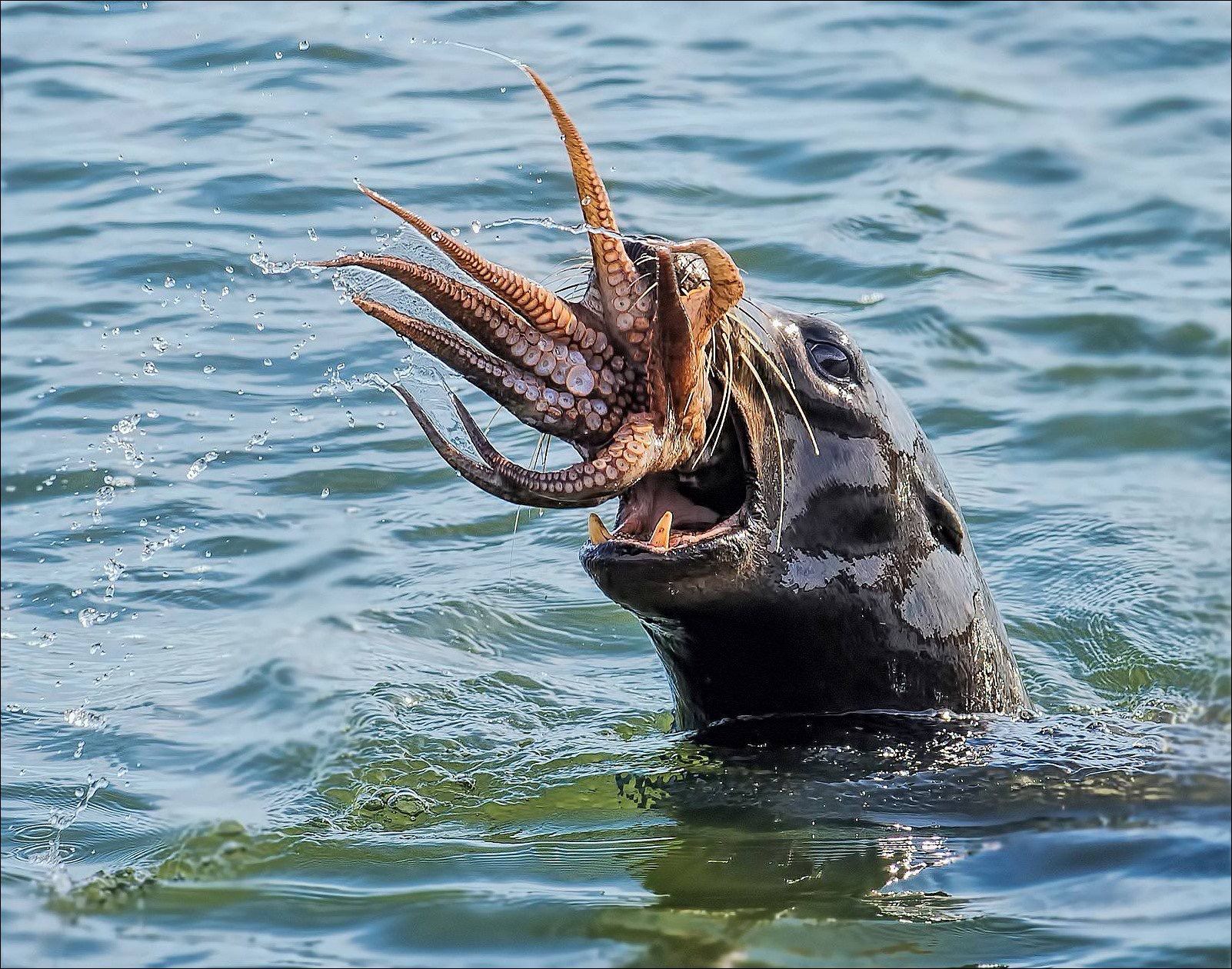
If a dangerous predator approaches directly, all prey are expected to flee, as occurs in lizard studies ( Cooper 2003 Cooper et al. Probability of fleeing when approached by a predator increases as risk increases, as shown by many studies of the effect of directness of approach by predators (reviewed by Stankowich and Blumstein 2005). This prediction is supported by longer flight initiation distance in response to larger predators ( Stankowich and Blumstein 2005) and by prey with less body armor ( McLean and Godin 1989 Abrahams 1995). Optimal flight initiation distance also increases as lethality if the prey is overtaken increases ( Cooper and Frederick 2010). If so, flight initiation distance is predicted to be longer for larger predators. Faster potential closing speed by larger predators might be taken into account by prey assessing risk. Predator approach speed is a major risk factor (reviewed by Stankowich and Blumstein 2005 lizard prey: Cooper et al. Optimal flight initiation distance increases as predation risk, which is affected by many factors ( Stankowich and Blumstein 2005), increases.

Escape decisions are affected by the prey’s fitness when the encounter begins, energetic and opportunity costs of fleeing, and predation risk ( Cooper and Frederick 2007). In the scenario of optimal escape theory, a prey detects a predator, monitors its approach, and flees when the predator reaches the optimal flight initiation distance, where the prey’s expected postencounter fitness is maximized. Optimal escape theory predicts flight initiation distance, the distance separating an approaching predator from prey when escape begins ( Cooper and Frederick 2007). Because greater speed and lethality increase the threat posed by an approaching predator while it is at any particular distance from the prey, they may strongly influence escape decisions. Thus, decisions about feeding and escaping both must be affected by the size of the approacher.įor a prey, predation risk increases as predator size increases because larger predators are likely to be faster and more lethal. Ontogenetic changes in body size may reverse predator–prey relationships between species ( Woodward and Hildrew 2002). With further size increase, it may become too large to eat ( Owen-Smith 2008) and may be more likely to be a predator ( Robinson and Wellborn 1987). Some approachers may be too small to be worth attacking as food, but as approacher size increases, the approacher may be large enough to be included in the diet ( Costa et al. The body size of the approaching animal relative to its own is one factor likely to affect an animal’s assessment ( Dickman 1988 Costa 2009). While Although being approached, an animal may evaluate the approacher to determine whether it is food, a predator, or neither. Our evidence indicates that as approacher size increases, successive transitions occur between rapid assessment of the approacher as prey, uncertainty requiring closer inspection, and rapid identification of a potential predator. The prediction of optimal escape theory that flight initiation distance increases with predator size due to greater risk was verified. Sceloporus jarrovii, the larger species, was more likely to attack and less likely to flee than S. At the intermediate model size, some individuals fled and others attacked intermediate models. As model size decreased, lizards were more likely to advance toward and bite models and began advances from longer distances. As model size increased, lizards were more likely to flee and had longer flight initiation distance.

In a field experiment, we dragged tethered model orthopterans of 3 sizes toward 2 lizard species that differ in body size. However, more time and closer approach may be required to assess approachers of intermediate size, leading to predictions that predator/prey evaluations may differ among individuals, that attacks on the approacher begin from shorter distances than for smaller approachers and that escape begins at shorter distance than for larger approachers. Sufficiently, small approachers may be readily identified as prey and large ones as predators. Because prey tend to be smaller than their predators, foraging responses decrease and escape responses are predicted to increase over a range of approacher size. An animal must assess an approaching heterospecific to determine whether it is prey or predator.


 0 kommentar(er)
0 kommentar(er)
